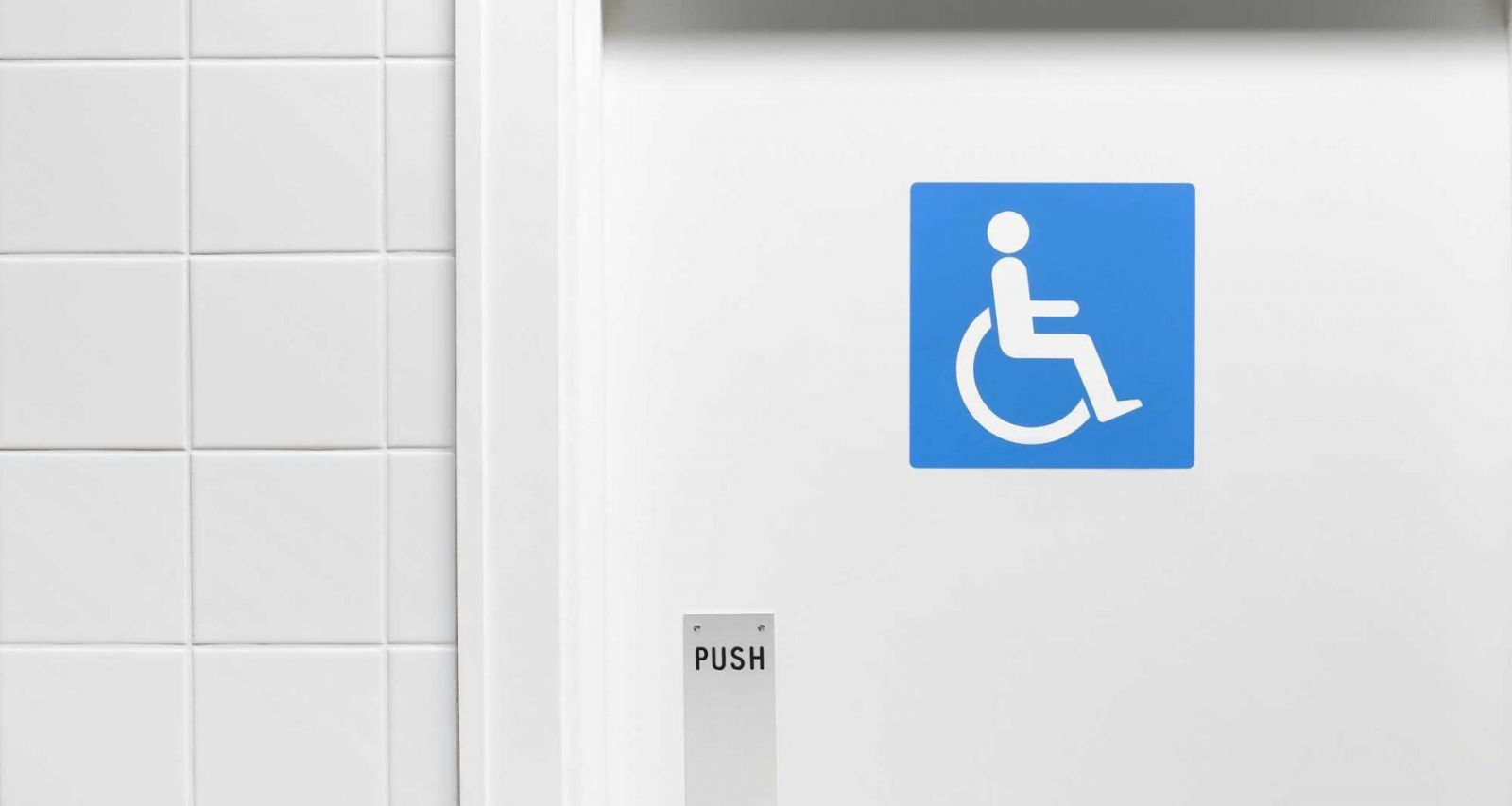17 things you should see in a wheelchair accessible unisex toilet
 Everyone needs to use the toilet including the estimated 1 in 7 people living with a disability in Ireland. It is expected that the Irish population will increase to 5.2 million by the year 2026 and it is also expected, that by then, the number of people with a disability in Ireland will have increased by 20%. With this in mind it is inevitable that there will be an increased demand for accessible sanitary facilities throughout Ireland.
Everyone needs to use the toilet including the estimated 1 in 7 people living with a disability in Ireland. It is expected that the Irish population will increase to 5.2 million by the year 2026 and it is also expected, that by then, the number of people with a disability in Ireland will have increased by 20%. With this in mind it is inevitable that there will be an increased demand for accessible sanitary facilities throughout Ireland.
Sanitary facilities should be designed to meet the needs of all building users regardless of age, size, ability or disability and must be useable.
A building owner may wish to update the accessible toilet to the most recent building regulations, guidelines and standards or even go beyond them when carrying out works.
In most cases, a person should not have to walk more than 40 metres to reach the toilet and clear signage should be provided to assist wayfinding.
A non-exhaustive list of things a person should find in a new wheelchair accessible unisex toilet:
1. On approach, a wide door that can be easily seen and that can be opened with a closed fist fitted with a horizontal pull rail internally.
2. Internally, visually contrasting walls and floor with fittings in contrasting colours.
3. A door that can open outwards, from the inside, to get out in an emergency, including an emergency release to get in from the outside.
4. A light action bolt to lock the door.
5. A Sanitary dispenser, disposal bin and shelf.
6. Hand rinse basin with vertical grabrails either side.
7. A Soap dispenser, paper towel dispenser.
8. Toilet paper dispenser.
9. Alarm reset button.
10. A colostomy changing shelf.
11. A sanitary disposal unit.
12. A toilet in the left- or right-hand corner of the room with no cover.
13. A clear space to the side of the toilet so that a wheelchair user can back up to the wall.
14. A toilet seat that is a contrasting colour to the pan.
15. 2 no. clothes hooks.
16. Alarm pull chord with two red bangles.
17. A long mirror suitable for wheelchair users and ambulant disabled people located away from the washbasin.
As a person with a disability, it is always good to be aware of the requirements of the published Building Regulations 2010 Technical Guidance Document M – Access and Use.
As a designer, you should be aware that there are many users with different needs and abilities and designing for one group can result in solutions that address the needs of many others, and it is always good to go beyond the requirements of the Technical Guidance Document.
If you need further information on how to make sanitary facilities more accessible and inclusive, please do not hesitate to contact one of our team on 01 415 12 85 or e-mail





